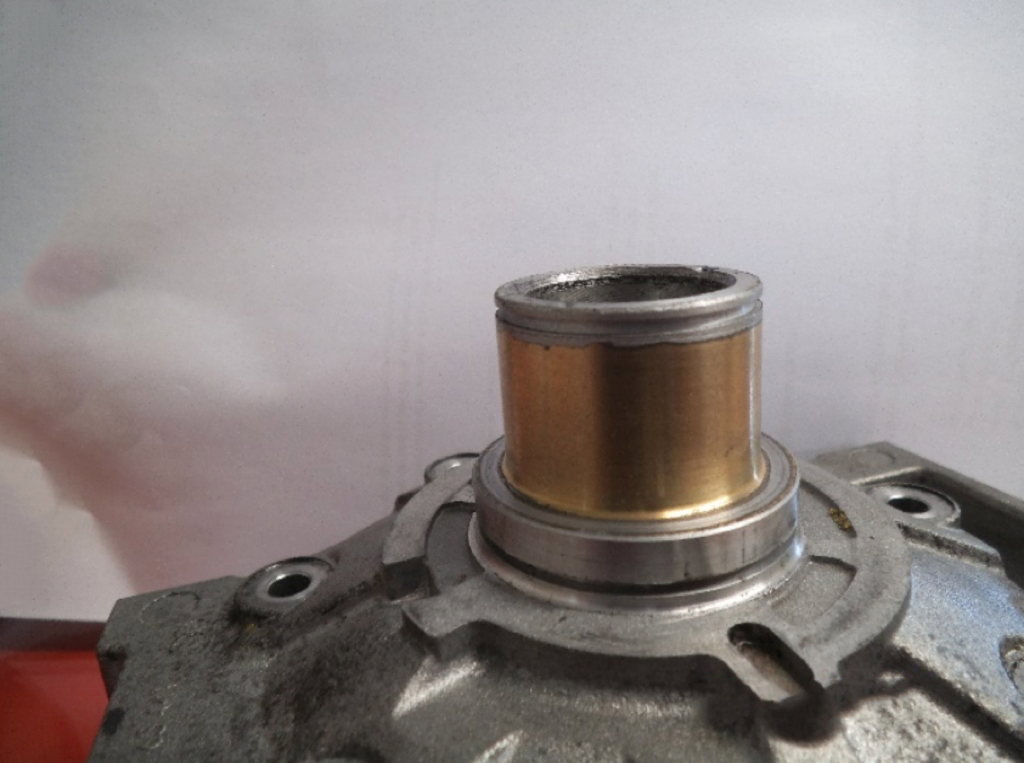SUMMER 2014-2015: PART 5
- PostedPublished 9 December 2016

THE survey of air conditioning faults in 667 motor vehicles, including cars, trucks, tractors and heavy equipment done from 1 December 2014 to 31 March 2015 includes repairs and evaluations by CoolCar Air-Conditioning Centre, Hamilton (more background can be found in September, November 2015, May 2016 and August 2016 editions of SightGlass News).

A recap of the general findings
This episode continues to focus on compressor failure. Leaking compressors were covered in Part 3 and seized/seizing compressors can be read about in Part 4.
Other compressor failures
Similar to re-gassing a leaking system, replacing a failed compressor and gassing the system without other remedial work may restore AC system operation but our experience shows that there is almost always an exacerbating cause that means the compressor replacement solution will not be permanent (even if you never hear about it again).
Thermal fuse and other forms of compressor clutch coil failure were almost always caused by another fault in the system and rarely occur in isolation.
Mechanics and car owners regularly contact us for re-gassing, having fitted a replacement compressor because of ‘compressor clutch bearing failure’. Wherever possible, we try to dissuade people from this course of action and encourage them to let us evaluate the car first.
We have found these types of customer are generally unable to differentiate between clutch and compressor seizure where one has occurred. Most of the time we can reliably differentiate one from the other while the compressor is on the vehicle, but removing the compressor and inspecting its internals and oil condition can of course be very helpful in diagnosis.
Our findings show that in isolation, an internally seized compressor is more likely to occur than a seized clutch bearing, as a cause of compressor failure.

While pure compressor clutch bearing failure did lead to AC failure in a number of vehicles, it was more common to find faults that needed addressing other than either replacing the clutch bearing of the existing compressor or fitting a replacement compressor.
The crux of the matter is that an excess of heat is really detrimental to proper AC function.
Proper oil and refrigerant return to the compressor is vital for keeping compressor internals functioning healthily, and a problem in this area also exacerbates bearing and/or shaft wear through excess heat.

Faulty cooling fans and blocked condensers or radiators can contribute to the same result.
Leaking compressor seals can also lead to or be caused by bearing failure. It is not uncommon to find both, but one typically fails first, leading to the other. This is a function of where the inherent weakness is in the compressor on a car, given its particular presentation.
There were many other instances where a replacement compressor bearing was recommended as preventative maintenance in the course of repairs, especially where the compressor was off the car for other repairs and the vehicle had done more than 100,000km.
Bearing replacement was sometimes accompanied with new belts all round, as well as replacement of oft-neglected idlers.
On a 2001 Ford Ranger and a 2007 Nissan X-Trail, compressor nose cone repairs were carried out using metal spray technology to salvage a compressor damaged by bearing failure (pictured above).
In the first instance, the repair approach was marginally cost-effective versus replacement and in the second instance no compressors were available for purchase, new or second-hand. To fit the new bearing following repairs, the compressor is first placed in the freezer while the bearing is warmed.
Further to the leaking compressor seals found on Mazda 6/Atenza due to the build-up of debris between its radiator and condenser (pictured in Part 3, SightGlass News May 2016) a number of vehicles also experience the loss of the armature from the front of the compressor.
Often the armature can be found in the sump tray of the vehicle but sometimes it is lost and a replacement has to be sourced as part of the repair.
This is caused when the system cycles out, the vanes are still out before the reed valves close and the pressure rushes backwards, causing the armature to backspin momentarily and ultimately undoes the bolt. We find a lot with the bolt partially undone.
Collecting a good description of the fault as experienced by the customer is also important. For example, in a number of vehicles excessive clutch wear had caused intermittent AC operation due to an excessive air gap, usually after a period of operation.
This type of fault might not be immediately apparent during a brief evaluation of the system or inspecting the compressor clutch.
Common finding: Control valve failure is accompanied by low refrigerant in about half of cases.
Variable-displacement compressor function can easily mask low refrigerant during preliminary checks, so we always weigh refrigerant out and leak check based on our findings prior to finalising our evaluation.
Control valve failure seems susceptible to small amounts of refrigerant loss and in some cases these leaks defied detection with methods employed at the time.
Our workshop has just started using LokTrace Tracer Gas. We may look at also employing it to leak-check these systems.
We also believe other suboptimal operation factors such as faulty blower motors and blocked cabin filters have contributed to control valve failure.
Compressor failure – other reasons 1994-2014
• 1997 VW Golf leaking compressor shaft seal and faulty control valve
• 1998 Holden Commodore leaking compressor shaft seal, faulty control valve, faulty blend door motor
• 1998 Toyota Aristo faulty control valve low refrigerant 470/650g no leaks found replaced all accessible o-rings.
• 1999 VW Golf leaking drier and faulty control valve
• 2000 Holden Commodore leaking compressor shaft seal, faulty control valve
• 2000 Holden Commodore leaking compressor shaft seal, faulty control valve
• 2000 Holden Commodore faulty control valve (evaluation only)
• 2001 Toyota Altezza faulty control valve, low refrigerant but no leaks found (evaluation only)
• 2001 VW Golf faulty control valve, blocked cabin filter
• 2001 VW Golf faulty control valve, no other fault found (evaluation only)
• 2003 BMW X5 faulty control valve, not other fault found
• 2003 Holden Commodore faulty TX valve, faulty control valve
• 2003 Lexus GS300 faulty TX valve (evaluation only)
• 2003 VW Golf blend door flap foam absent, faulty control valve
• 2005 BMW 520i faulty control valve and suspected controller or temperature sensor fault
• 2005 Holden Commodore faulty control valve (evaluation only)
• 2006 Range Rover leak at drier, faulty control valve
• 2006 VW Touareg faulty control valve
• 2007 Holden Epica faulty control valve, no other fault found
• 2014 Suzuki Kizashi leaking evaporator, faulty control valve
Instances of blown compressor shear plate in Toyota
The compressor shear plate is designed to protect the compressor from seizing in the adverse operating conditions described above and prevent the need for extensive reinstatement procedures.
For this reason, the cause of failure must always be determined and rectified prior to reinstating compressor function.
• 2004 Toyota Runx secondary to externally blocked condenser leading to extremely high pressures
• 2006 Toyota HiAce secondary to leaking evaporator
• 2007 Toyota Corolla secondary to leaking evaporator
Other compressor failures experienced included one instance of worn direct drive compressor drive hub in a VW Touareg (the vehicle had numerous other AC faults) and several trucks and tractors with broken compressor mounts or lugs.
Further findings from the NZ survey will follow in the next issue of SightGlass News. To read previous instalments of the NZ survey, VASA members can access the full archive of back issues by using their login at www.vasa.org.au.
- CategoriesIn SightGlass
- TagsSightGlass News Issue 8

